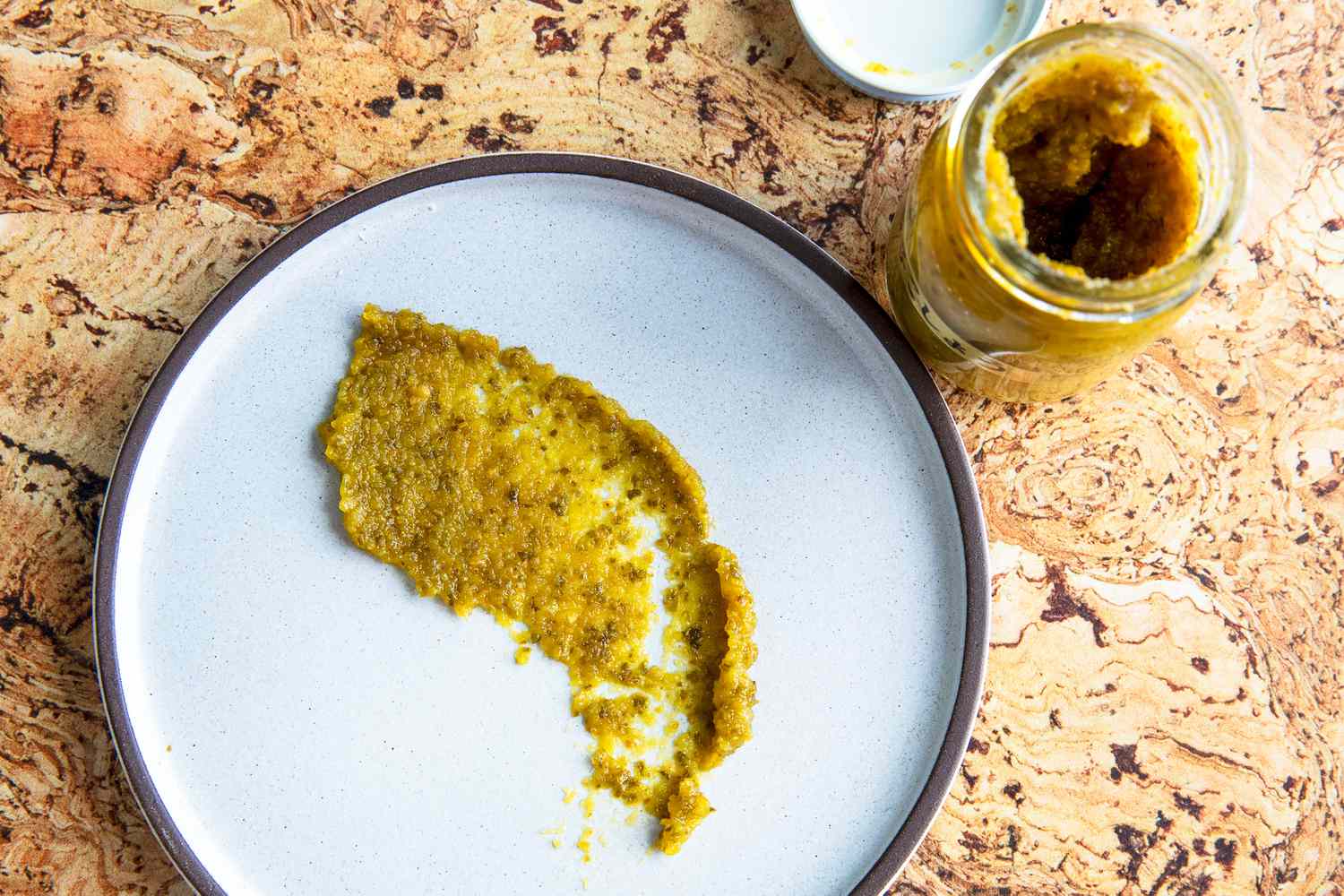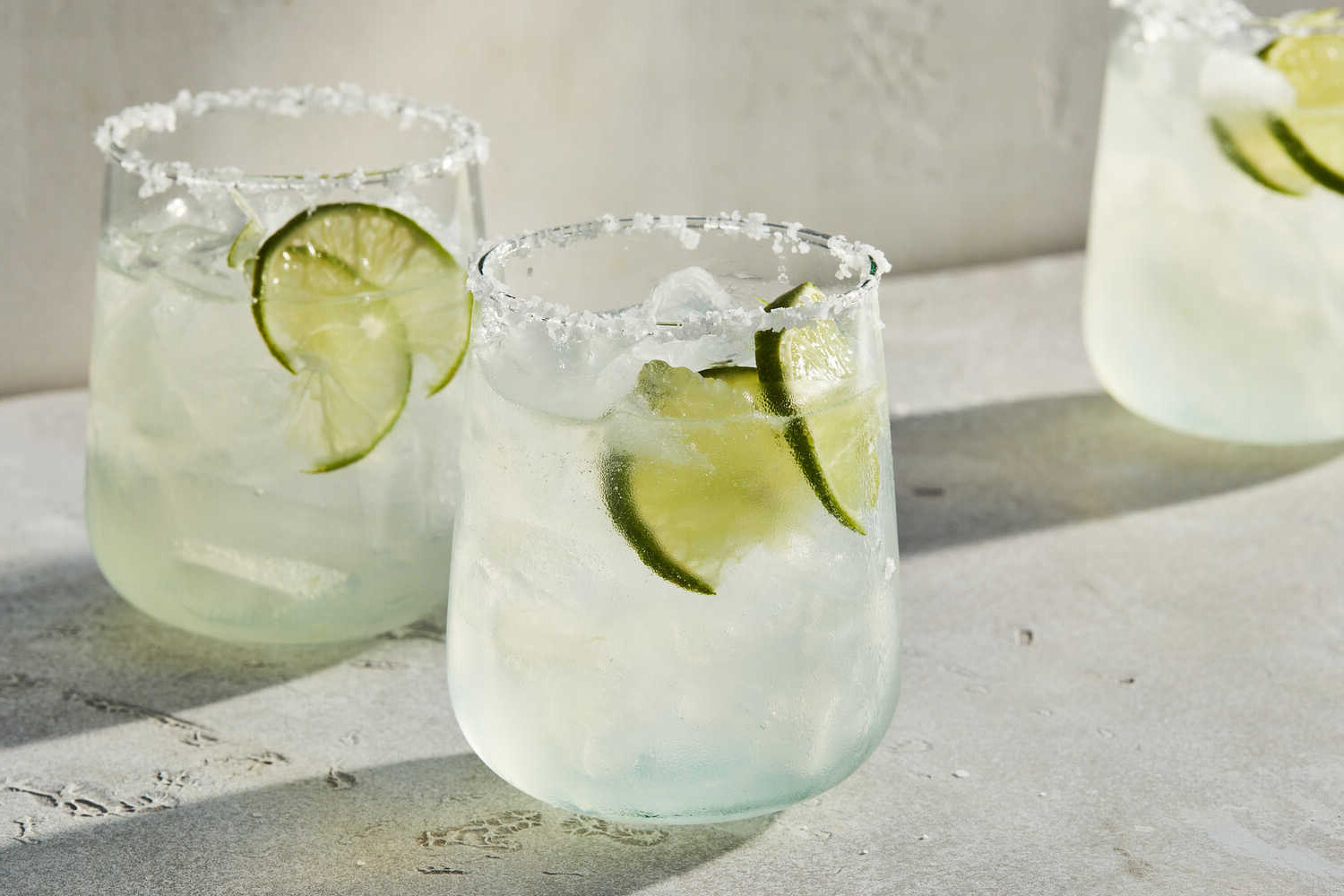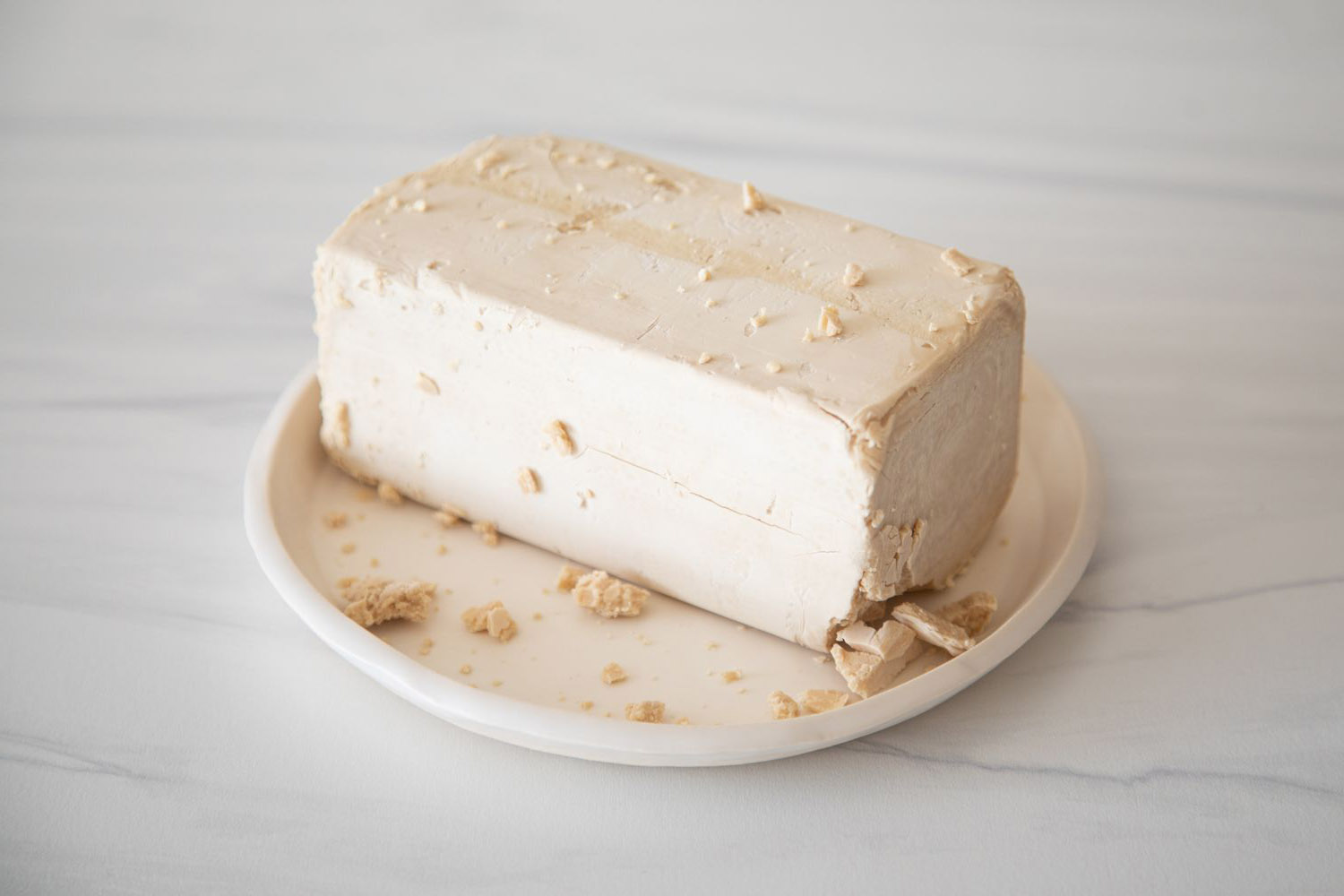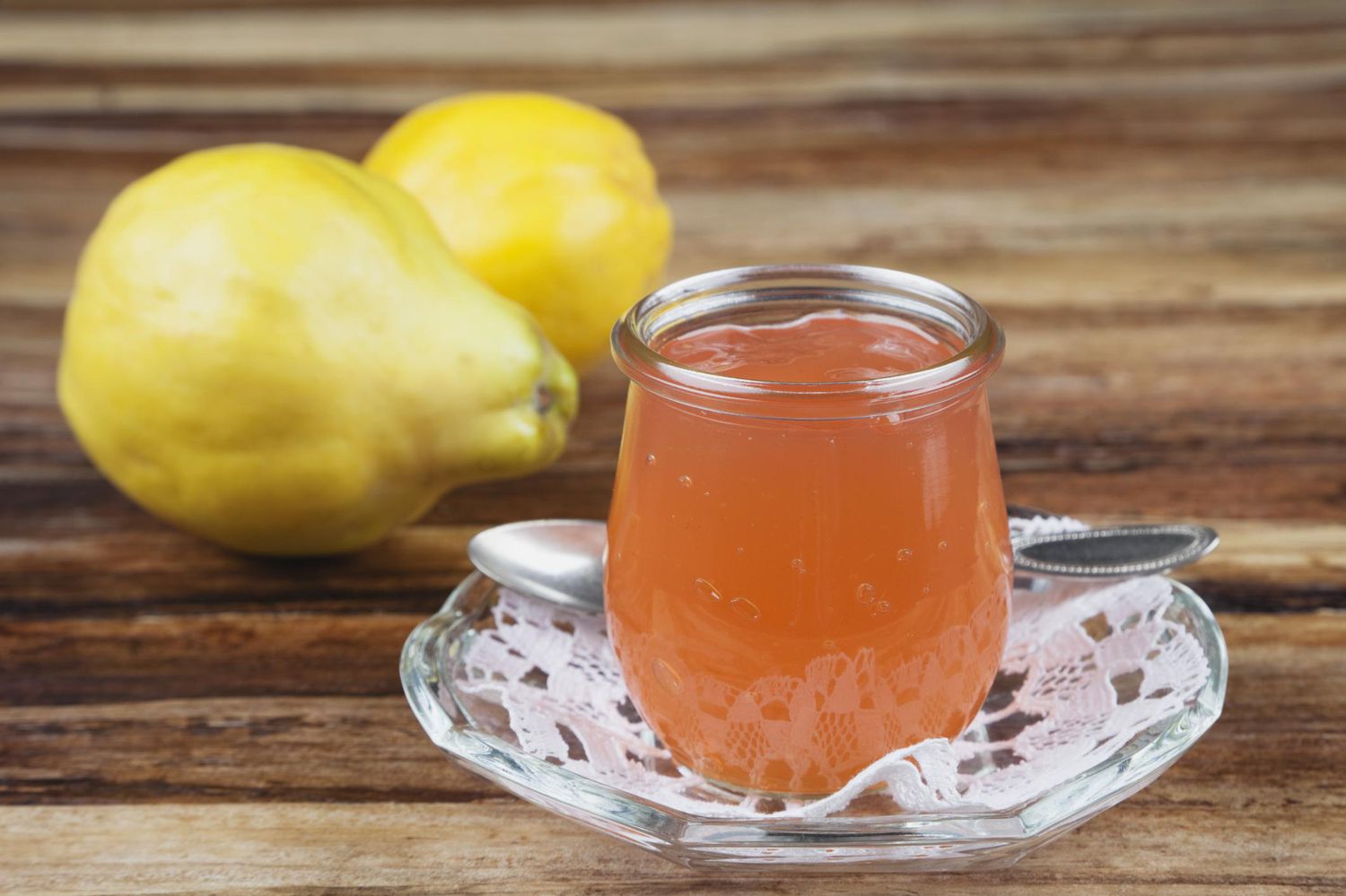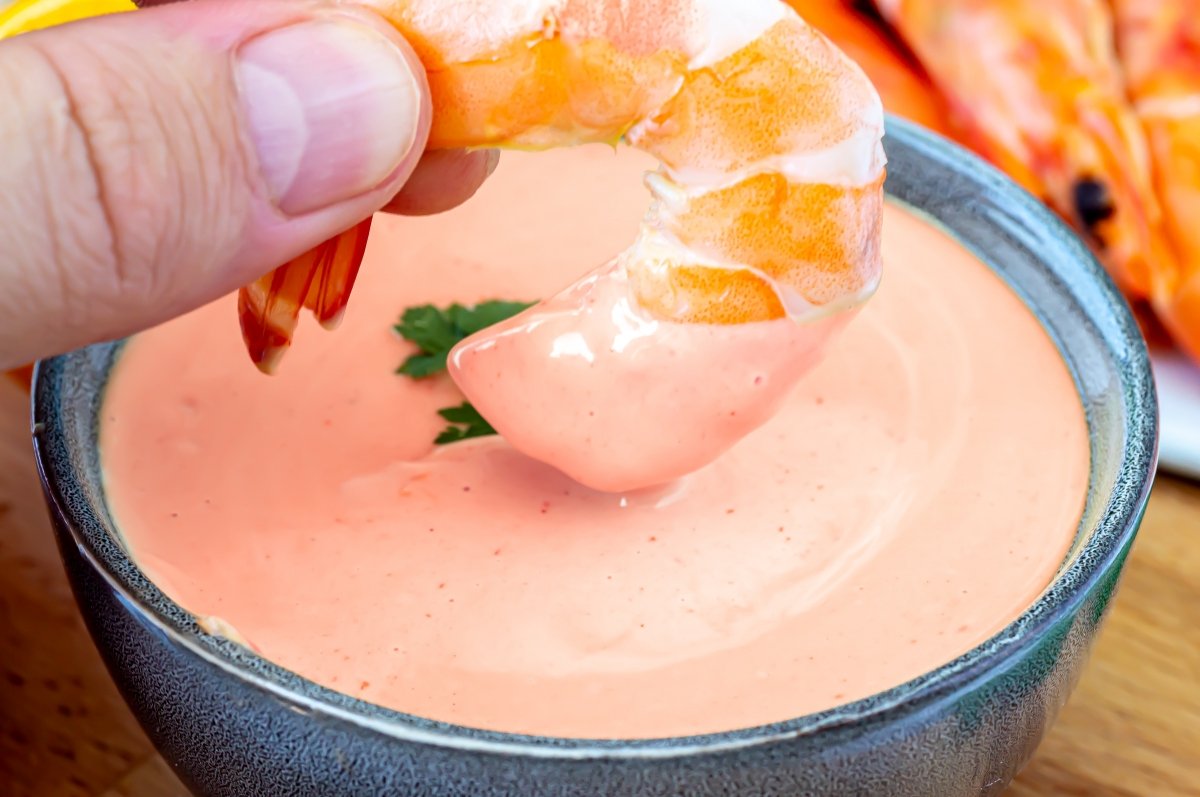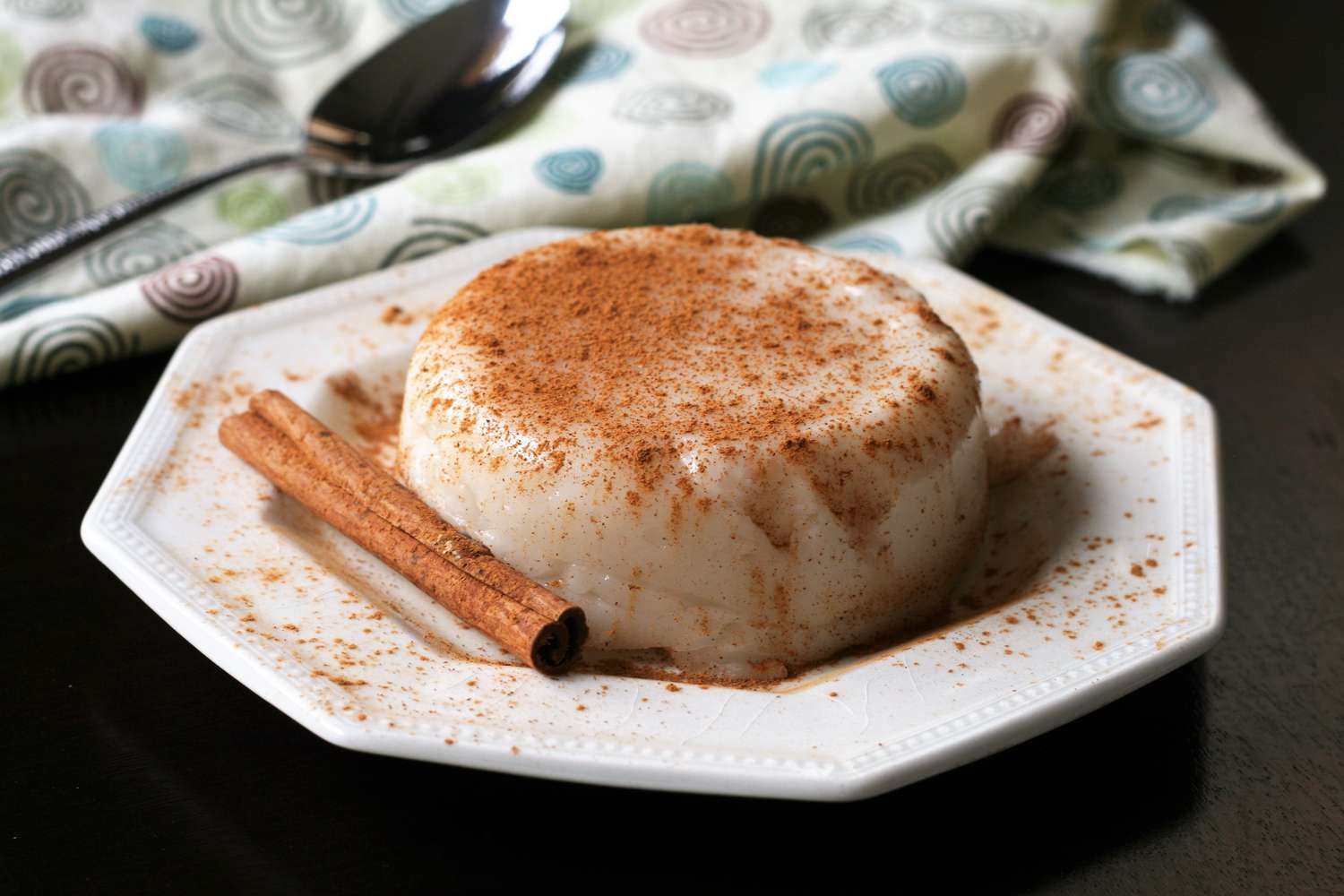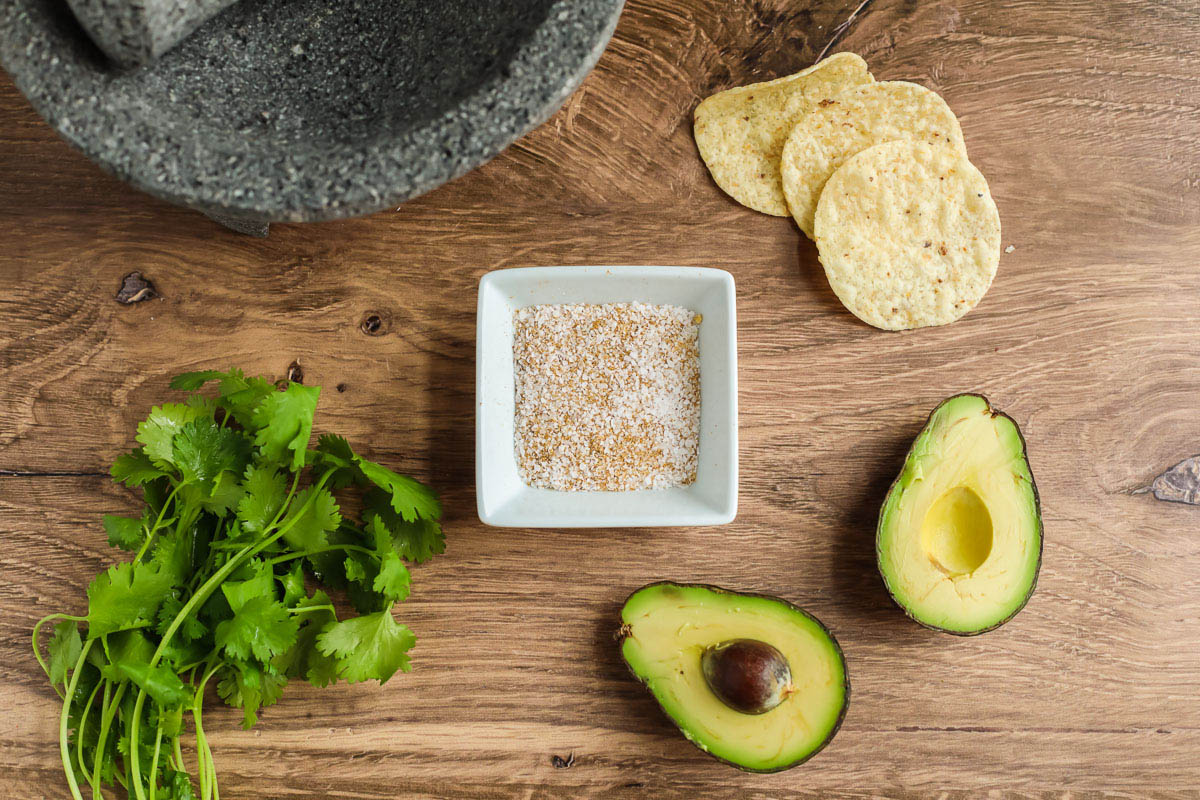Discovering the Delightful Watercress
Have you ever heard of watercress? This leafy green vegetable is not only delicious but also packed with nutrients that are great for your health. Let’s dive into the world of watercress and explore what makes it so special.
What is Watercress?
Watercress is a leafy green vegetable that belongs to the Brassicaceae family, which also includes vegetables like kale, broccoli, and cabbage. It is known for its peppery flavor and is often used in salads, sandwiches, and soups.
Health Benefits of Watercress
Despite its small size, watercress is a nutritional powerhouse. Here are some of the health benefits associated with this vibrant green vegetable:
- Rich in Nutrients: Watercress is loaded with vitamins and minerals, including vitamin K, vitamin C, vitamin A, and calcium.
- Antioxidant Properties: It contains high levels of antioxidants, which can help protect your cells from damage caused by free radicals.
- Supports Bone Health: The vitamin K and calcium in watercress are essential for maintaining strong and healthy bones.
- May Aid in Digestion: The high fiber content of watercress can support a healthy digestive system.
- Hydration: With its high water content, watercress can contribute to your daily hydration needs.
How to Enjoy Watercress
There are numerous ways to incorporate watercress into your diet. Here are a few ideas to get you started:
- Salads: Add a handful of watercress to your favorite salad for a peppery kick.
- Sandwiches: Use watercress as a flavorful addition to your sandwiches and wraps.
- Soups: Toss some watercress into soups and stews to enhance their flavor and nutritional content.
- Smoothies: Blend watercress into your smoothies for an added dose of vitamins and minerals.
Where to Find Watercress
Watercress can often be found in the produce section of grocery stores, especially during the spring and summer months. Some specialty markets may also carry this nutritious green vegetable. If you’re feeling adventurous, you can even try growing your own watercress at home!
In Conclusion
Watercress is a versatile and nutrient-dense vegetable that can add a flavorful punch to your meals while providing a range of health benefits. Whether you enjoy it in salads, sandwiches, or soups, incorporating watercress into your diet is a delicious way to support your overall well-being.
Next time you’re at the grocery store, why not pick up a bunch of watercress and get creative in the kitchen? Your taste buds and your body will thank you!
Was this page helpful?
Read Next: What Is A Substitute For Malt Powder?

